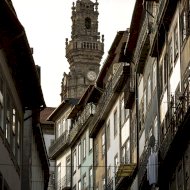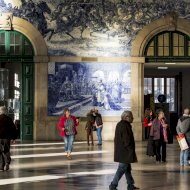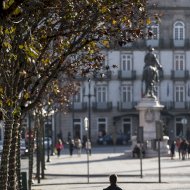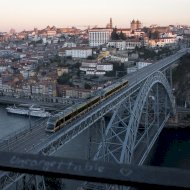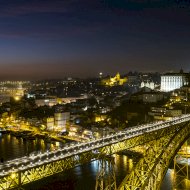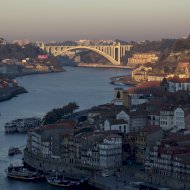About Porto
Porto - It is the city that gave its name to Portugal (around 200 BC) when it was called Portus Cale, later becoming the capital of the County of Portucale, from which Portugal originated. It is a city known worldwide for its wine, its bridges, and its contemporary and ancient architecture. Its historic centre is classified as a UNESCO World Heritage Site. It has a total area of 41.42 square kilometres and 231,962 inhabitants. It is where most of the country's small and medium-sized businesses are located, and it also contributes the most to national exports. The significant boost to the development of inter-regional trade relations came from the agro-industry of Port Wine. As tourist attractions, the Clérigos Tower, designed by Nicolau Nasoni, and the Serralves Foundation, a contemporary art museum, stand out. The Casa do Infante, dating from the 13th century and believed to be the birthplace of Infante D. Henrique, is currently a medieval museum of the city and a district archive. Other museum houses include the Casa-Museu Fernando de Castro, Casa-Museu Guerra Junqueiro, Casa-Museu Marta Ortigão Sampaio, and Casa-Oficina António Carneiro.
The city's cultural auditoriums are mostly constructions from the 19th and 20th centuries. The most daring and relevant construction in recent years is the Casa da Música, a work conceived for the European Capital of Culture 2001 event. The Rivoli Theater, the São João National Theater, and the Sá da Bandeira Theater are important performance venues located in downtown Porto with historical and architectural significance. In the city center, there are also other auditoriums, such as the Coliseu do Porto and the Cine-Teatro Batalha. Still, in the spotlight, there is the Bolhão Market, an architectural symbol of traditional commerce, where you can find the famous market vendors, a characteristic of the city.
Six bridges span the Douro River, connecting its banks: the Arrábida Bridge, D. Luís Bridge, Infante D. Henrique Bridge, D. Maria Pia Bridge, São João Bridge, and Freixo Bridge. The University of Porto currently has about 28,000 students, 2,300 teachers and researchers, and 1,700 non-teaching staff, offering approximately 475 different training programs.
The city's quintessential dish is "tripas à moda do Porto," a historic dish dating back to the time of Portuguese discoveries. The "francesinha" is the most famous recent culinary dish, consisting of a sandwich filled with various meats and topped with cheese and a special sauce. The drink named after the city is Port wine, produced in the wine region of Alto Douro.



